

Concern for the environment is one of Saudi Aramco's basic responsibilities and a long-standing company commitment.
The Environment Protection Department provides leadership on environmental issues and ensures that the company operates in an environmentally responsible manner.
Environmental accountability today stands as one of the most important measures by which a company is regarded, says Saudi Aramco President & CEO, Abdallah S Jum'ah.
If an organisation is not active in safeguarding the Earth's natural resources, its best efforts in all other business areas are diminished, he said. Indeed, the very perception of corporate attitudes toward environmental protection carries significant weight in the public's trust of that company, he said.
Saudi Aramco has developed a broad array of operational requirements, engineering standards and performance guidelines to direct its commitment.
These include sanitary codes, project environmental assessments, air and water quality standards, occupational health regulations, hazardous material communication guidelines, waste management procedures and vital oil spill contingency plans.
Of parallel importance is the commitment to safety. The Loss Prevention Department's mission is to ensure the safety of Saudi Aramco employees and the public, as well as company assets, by identifying hazards, by controlling risks and by educating and motivating company personnel and their families to work and live safely.
Saudi Aramco operates a number of sophisticated air monitoring stations throughout the Kingdom to ensure that facilities meet national and company air quality standards.
These stations record parameters such as sulphur dioxide, inhalable particulates, ozone, nitrogen oxides, carbon monoxide, and hydrogen sulphide. The meteorological data collected support routine operations and assist in the planning of new facilities.
Saudi Aramco also monitors facility emissions at their sources using stack testing and process control monitoring. Many advanced technologies are used to measure or control the level of atmospheric emissions from Saudi Aramco's industrial facilities.
Air dispersion modeling is another important tool utilised by the company. Modeling is used to determine the nature and extent of facility controls needed to reduce emissions to a level that comply with applicable standards.
Air quality in Saudi Arabia's Eastern Province has benefited greatly from construction of the company's Master Gas System, which significantly reduced the need for flaring.
The system also recovers more than 3,500 tonnes of elemental sulphur per day from gas produced in association with crude oil.
Beneath the surface of Saudi Arabia exists a supply of water that for centuries has provided the essence of life. The protection of this vital resource is an important responsibility and one of Saudi Aramco's highest priorities.
In order to maintain high standards of purity, Saudi Aramco assesses water quality from source through distribution to ensure that it is free from harmful biological and chemical contamination and is safe for use.
Water wells, seawater intakes, treatment plants and distribution systems are routinely inspected to ensure compliance with government and company standards. Likewise, under the Saudi Aramco Protection Programme, water samples are regularly collected from more than 400 groundwater monitoring wells at various company facilities, including bulk plants, fueling terminals, producing facilities, refineries/terminals, and waste storage and disposal sites, in order to detect groundwater impact if any.
Subsequently, the resulting analytical data are reviewed and risk analysis studies are conducted to determine if site remediation is required.
Saudi Aramco also monitors its industrial and community wastewater for physiochemical, organic, non-organic, and biological pollutants. Data are analysed and reported to the Kingdom's Presidency of Meteorology and Environment (PME).
While ongoing campaigns stress the conservation of drinking water, Saudi Aramco's water conservation efforts include the recycling of wastewater that has undergone tertiary treatment.
This treated water is then used for landscape irrigation at most company communities.
Beneath the surface of Saudi Arabia exists a supply of water that for centuries has provided the essence of life. The protection of this vital resource is an important responsibility and one of Saudi Aramco's highest priorities.
In order to maintain high standards of purity, Saudi Aramco assesses water quality from source through distribution to ensure that it is free from harmful biological and chemical contamination and is safe for use.
Water wells, seawater intakes, treatment plants and distribution systems are routinely inspected to ensure compliance with government and company standards. Likewise, under the Saudi Aramco Protection Programme, water samples are regularly collected from more than 400 groundwater monitoring wells at various company facilities, including bulk plants, fueling terminals, producing facilities, refineries/terminals, and waste storage and disposal sites, in order to detect groundwater impact if any.
Subsequently, the resulting analytical data are reviewed and risk analysis studies are conducted to determine if site remediation is required.
Saudi Aramco also monitors its industrial and community wastewater for physiochemical, organic, non-organic, and biological pollutants. Data are analysed and reported to the Kingdom's Presidency of Meteorology and Environment (PME).
While ongoing campaigns stress the conservation of drinking water, Saudi Aramco's water conservation efforts include the recycling of wastewater that has undergone tertiary treatment.
This treated water is then used for landscape irrigation at most company communities.
With desert temperatures approaching 45 degrees Celsius and humidity bearing down, the sight of a chilled and potable drinking-water fountain is highly welcome.
From drinking water to wastewater collection, the Dhahran Utilities Department is committed to provide round-the-clock service to all the company's non-electrical utilities in both the industrial areas and in the community living areas.
The Utilities Department performs a critical function in the distribution of raw water, steam, and chilled water.










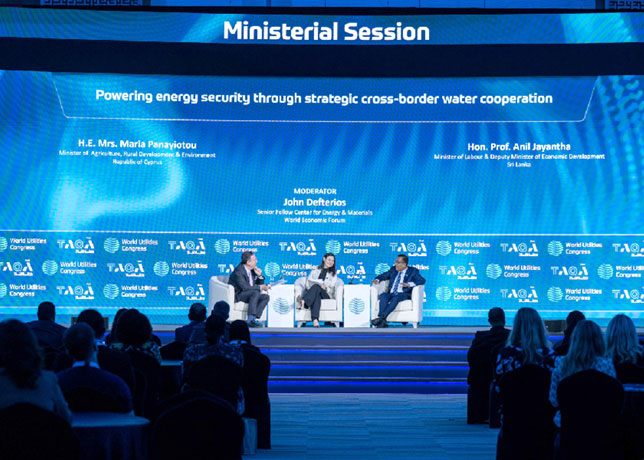
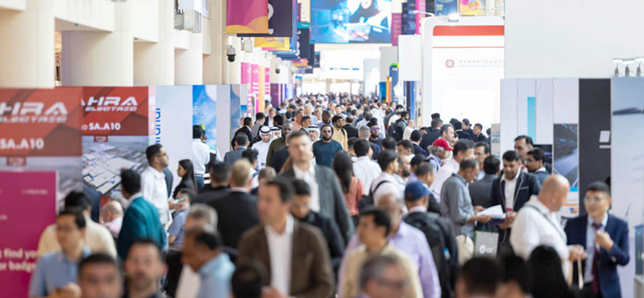


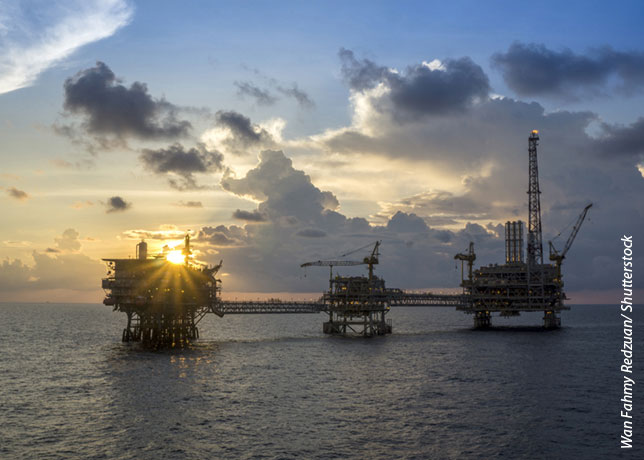
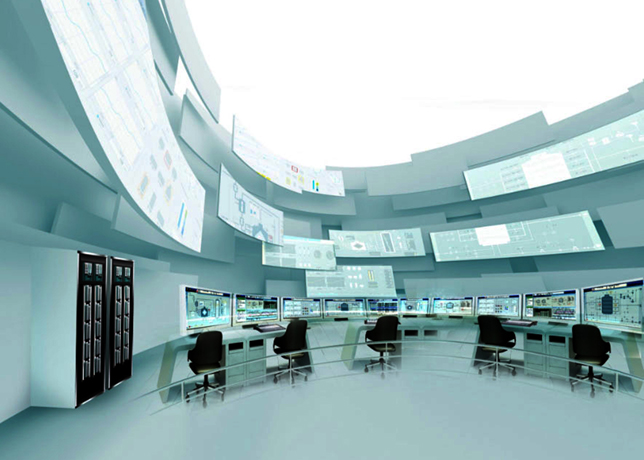
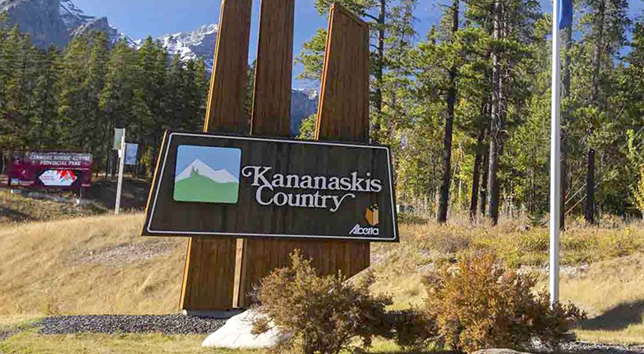




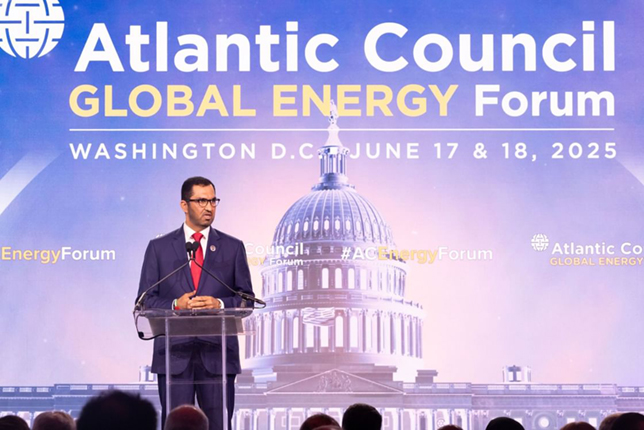
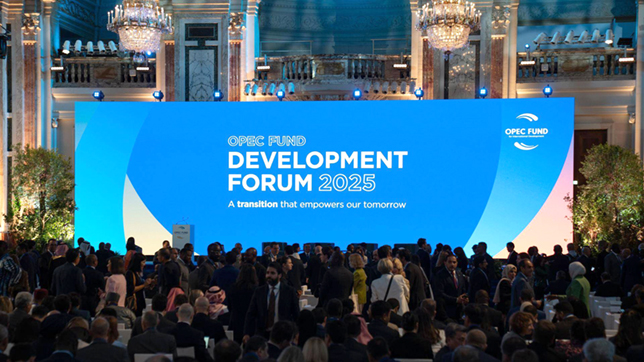















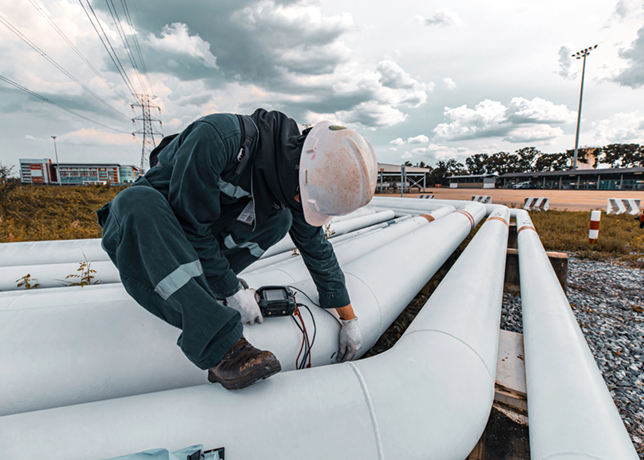
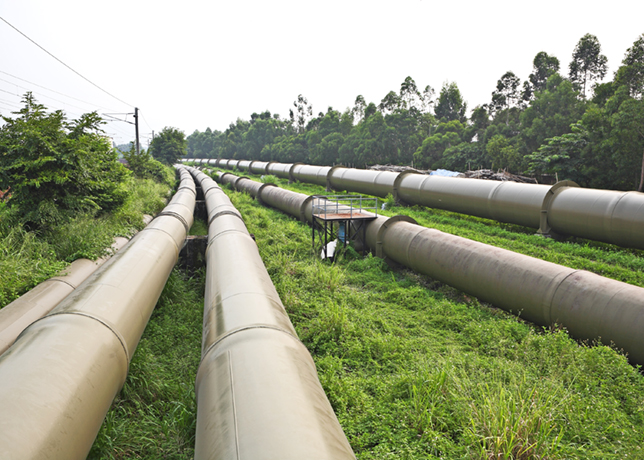






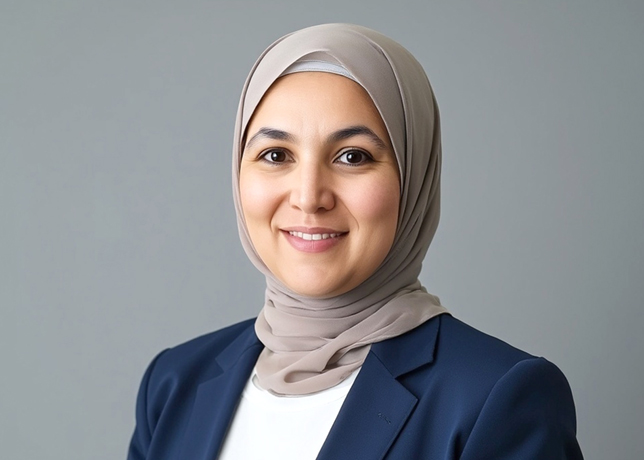
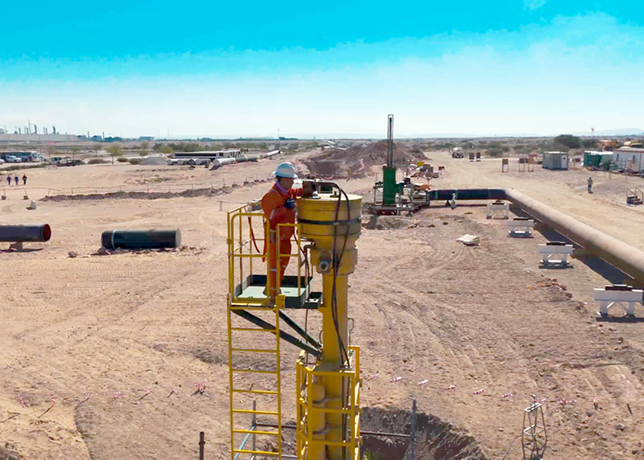

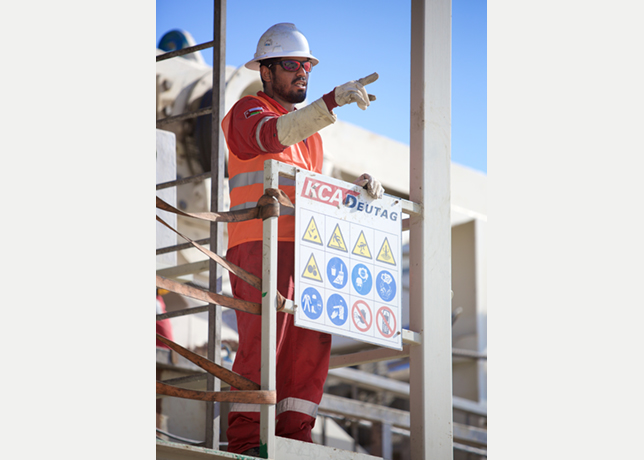
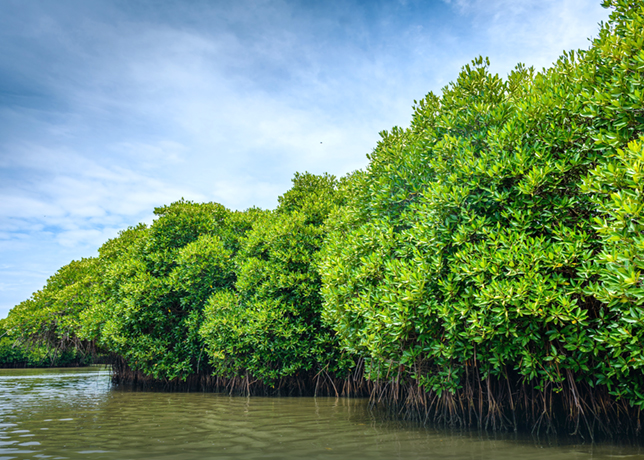



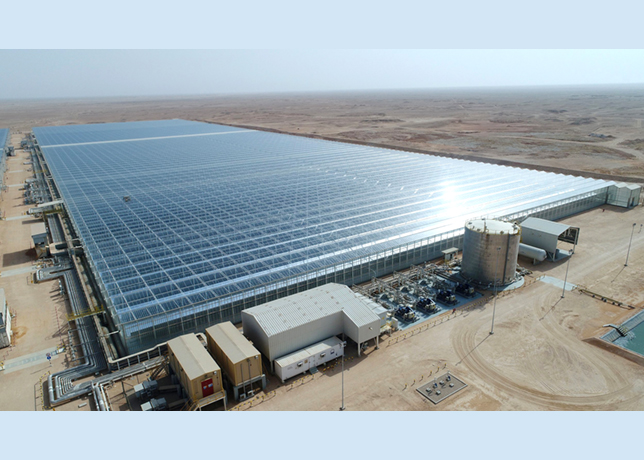
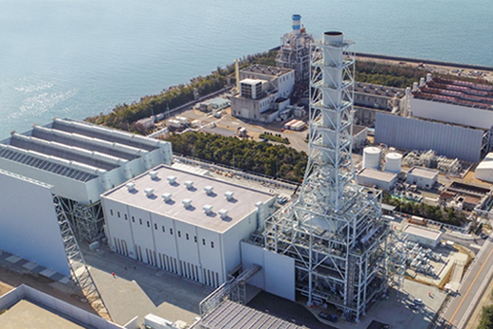
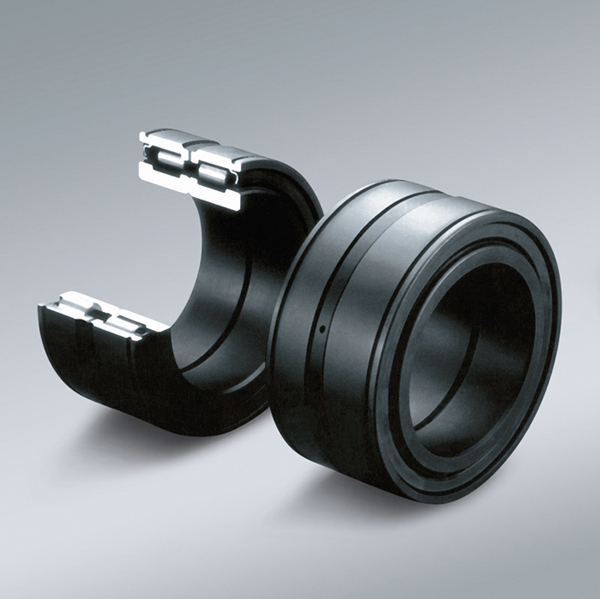
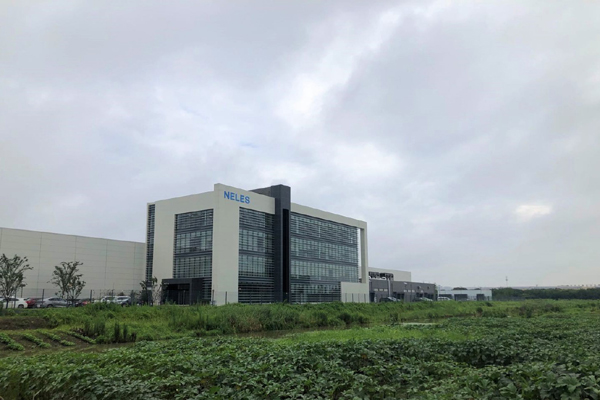
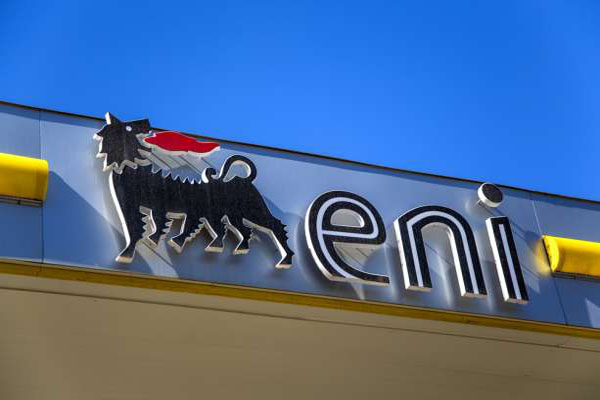
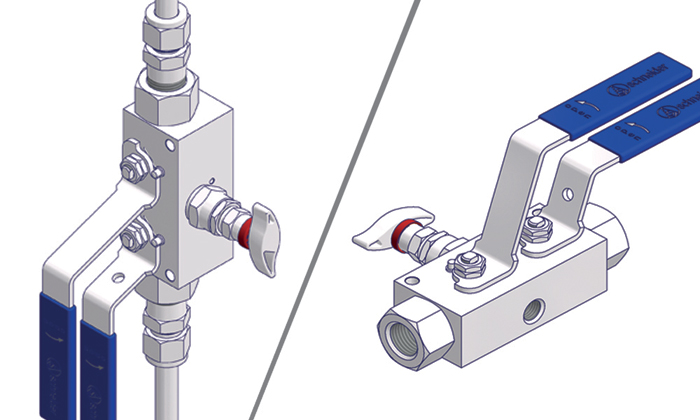
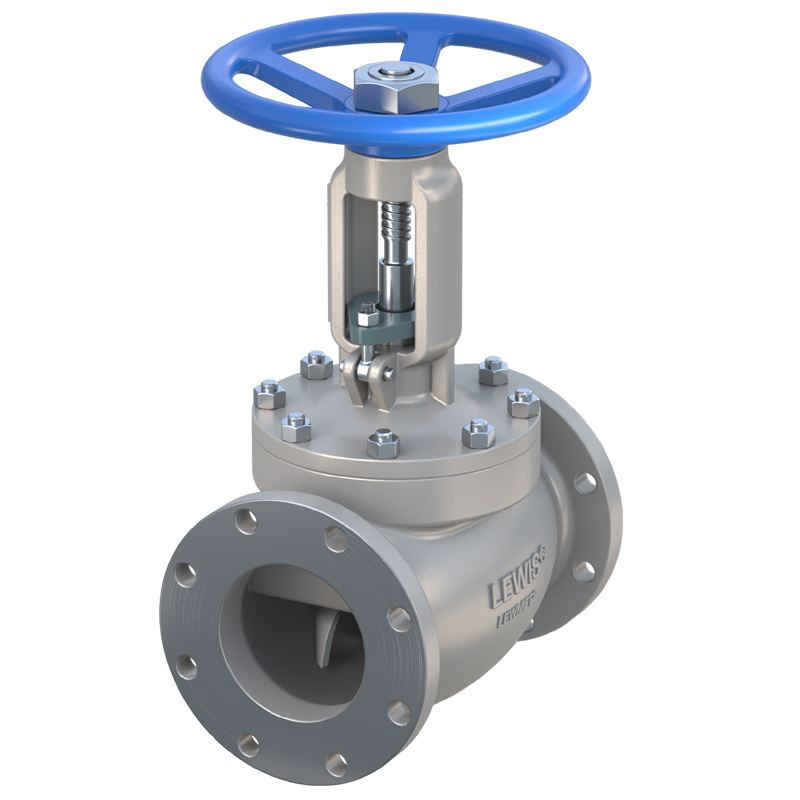
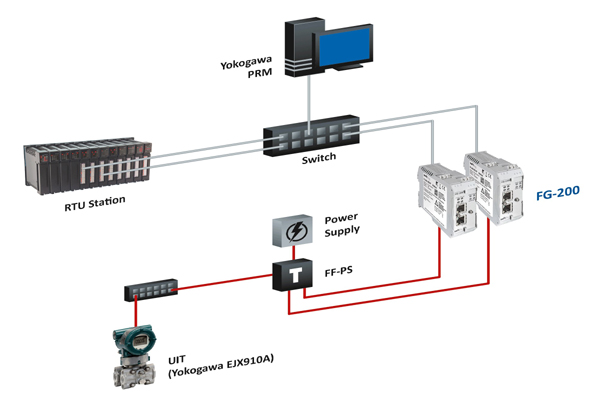
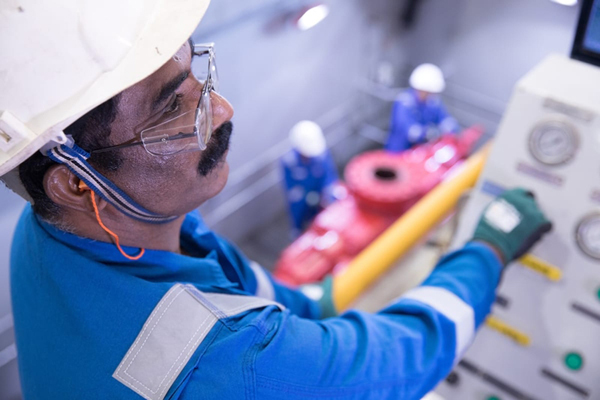
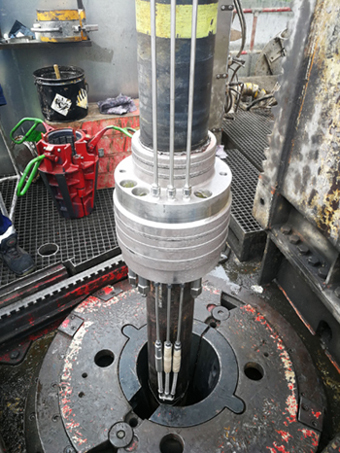
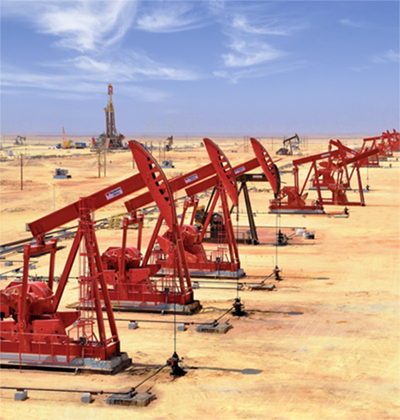
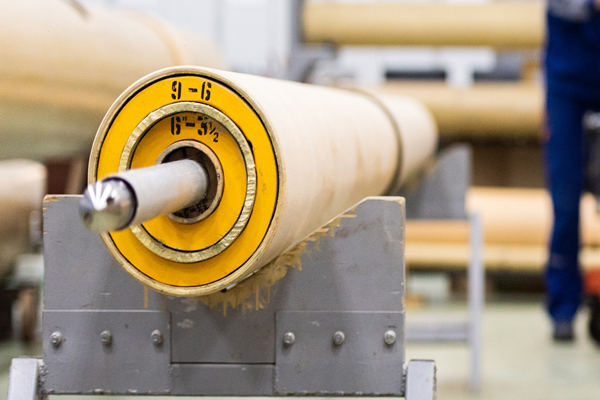
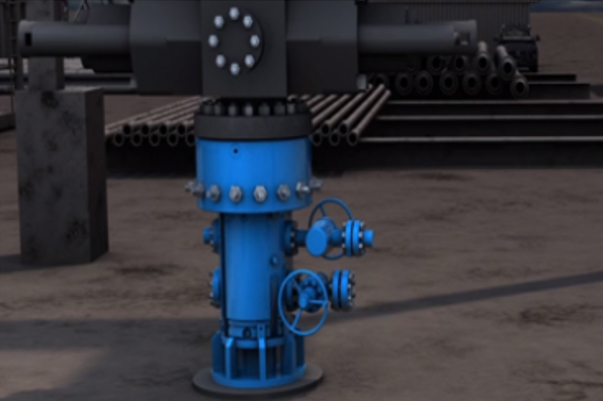
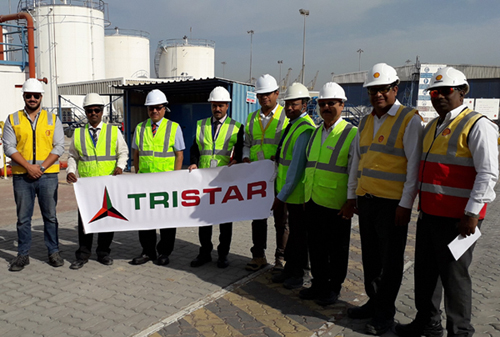
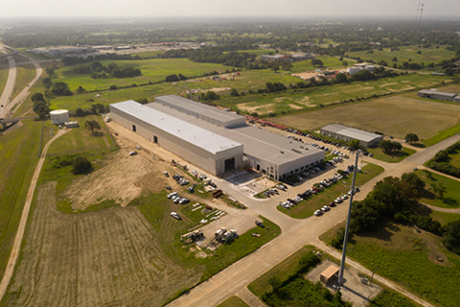
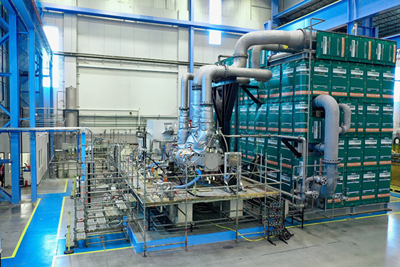

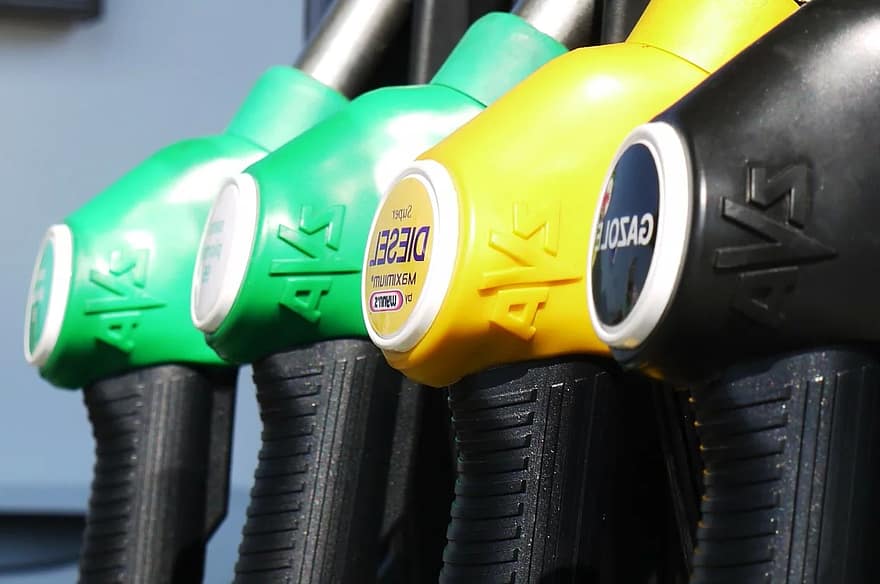
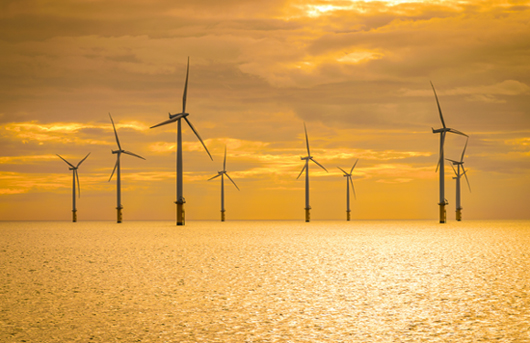
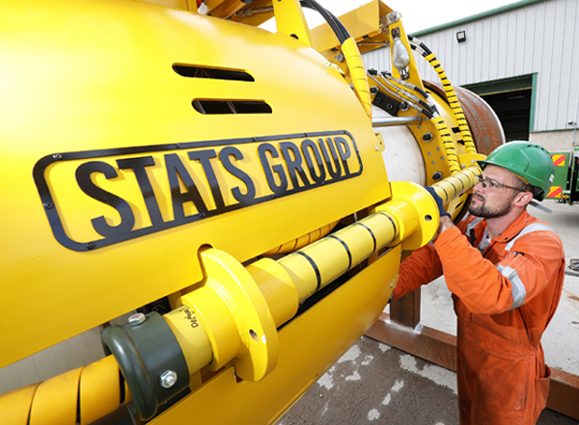
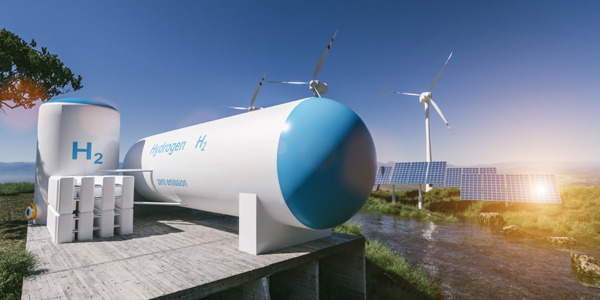
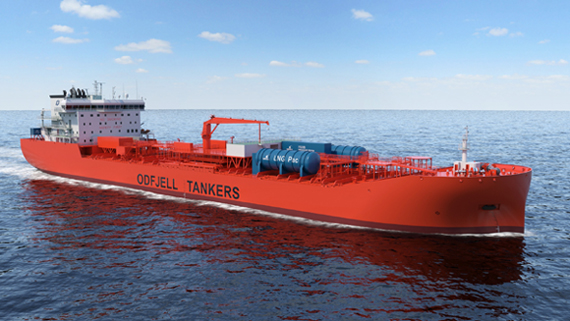
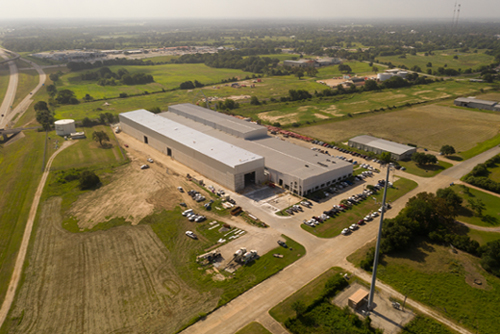








.jpg)












